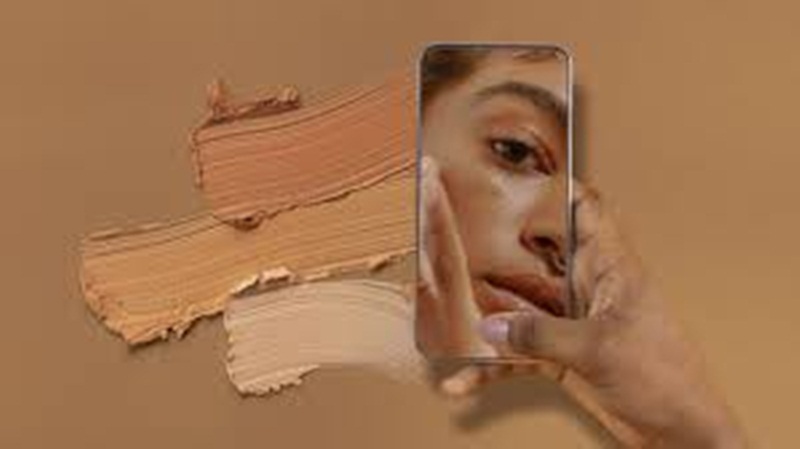Thanks to rapid advancements in the beauty industry, achieving smooth, even skin is now more attainable than ever. A variety of foundations are available to suit different skin types, with formulas designed to meet every need. However, if you’re still clinging to your old favorite, you may be overlooking some innovative and game-changing options on the market today. If you’re unsure which foundation is worth your investment, here’s a helpful guide to make your decision easier.
Seven Different Types of Foundation
When you first began using foundation, liquid formulas were likely one of the few options available. Now, you can choose from a wide range of foundation types, including liquids, creams, and powders.
- Liquid Foundation
The original foundation, most of us began our makeup journey with a small screw-top bottle of liquid foundation and a wedge sponge.
Liquid foundation is just that—a pourable product that can be applied using your fingers, a sponge, or a brush.
Its buildable nature allows you to adjust coverage as needed. For instance, if you require more coverage on your T-zone and less under your eyes, a liquid foundation can accommodate both with ease. Formulated with either water or plant-based oils, liquid foundations are suitable for nearly all skin types. - Powder Foundation
Powder foundations come in two forms: loose and pressed. They typically provide lighter coverage compared to liquid foundations and are not as easily buildable. This is mainly because it can be challenging to maintain the first layer of powder in place while adding another layer on top.
Powder foundation is an excellent option for those with oily skin, as it helps absorb excess oil. However, it can be suitable for any skin type as long as you choose the right formula. For individuals with dry skin, it’s essential to select a powder foundation that contains hydrating ingredients to ensure a comfortable and flattering finish.
Powder foundation can give your skin an airbrush effect. It’s also lighter coverage but can give you a matte finish. If it’s a dewy finish you want, powder may not be the best option.
For beginners, powder foundation is easy to apply. The biggest risk is applying too much, which can end up making your skin look…well, powdery. - Cream Foundation
Cream foundations are thicker than liquid foundations and work well for all skin types, particularly for those with dry skin. They provide medium to full coverage and are buildable, allowing you to customize your look. Additionally, cream foundations often include ingredients that address specific skin concerns, making them a popular choice for many.
Popular cream foundations include BB creams (blemish balm cream) and CC creams (color-correcting cream). These foundations often contain beneficial ingredients like SPF, moisturizers, and anti-aging compounds, making them multifunctional options for those looking to enhance their skin while providing coverage.
Cream foundations are user-friendly, highly blendable, and offer a pore-smoothing finish for a polished look on your skin. - Serum Foundation
These foundations are a trendy twist on traditional liquid formulas. Acting as a hybrid between liquid foundation and tinted moisturizer, they incorporate ingredients designed to mimic the benefits of your favorite skincare products.
For example, serum foundations often contain hyaluronic acid, a popular ingredient that helps keep your skin beautifully hydrated. - Stick Foundation
As the name suggests, stick foundation comes in a shape similar to a large lip balm. This type of foundation has been around almost as long as liquid foundations.
Normally, these types of foundations have a twist top to expose the stick of makeup which you can then apply directly to your skin. Then, using a sponge or hand, you’ll blend the foundation into your skin until you have the desired finish. These usually provide full coverage and can be tricky to apply. Depending on the formula, stick foundation can be hard to move on your skin, making it difficult to blend. - Tinted Moisturizers
Want your favorite hydrating skincare product but made with light coverage? Introducing tinted moisturizers.
Tinted moisturizers have ultra-light coverage and are great for almost any skin type. They work very well for combination skin types because they provide hydration in places that need it and coverage for oilier areas. These foundations give you a fresh-faced finish that looks incredibly natural, with only a slight tint of pigmentation. - Mineral Foundation
Usually found in loose powder form, mineral foundation is a type of natural makeup made up of minerals found in the earth. These can include mica, iron oxides, and zinc oxides. Mineral foundation is also sometimes found in pressed powder formulas.
Zinc oxide is sometimes added to mineral foundations as sunscreen



